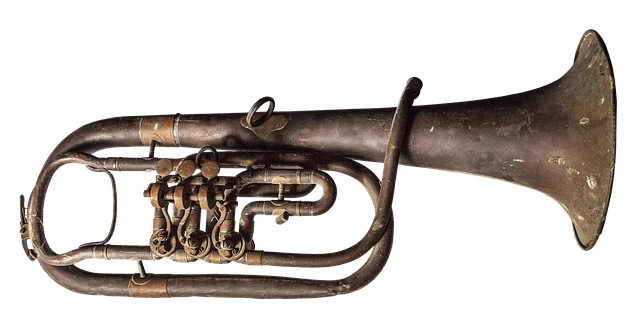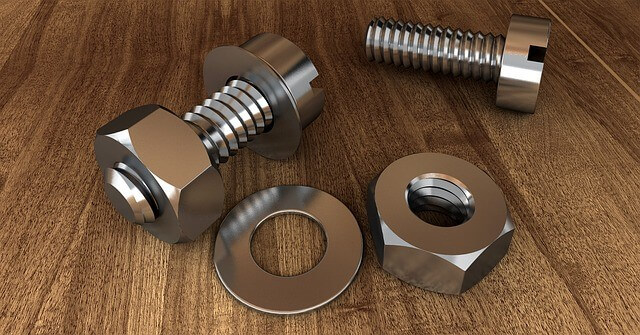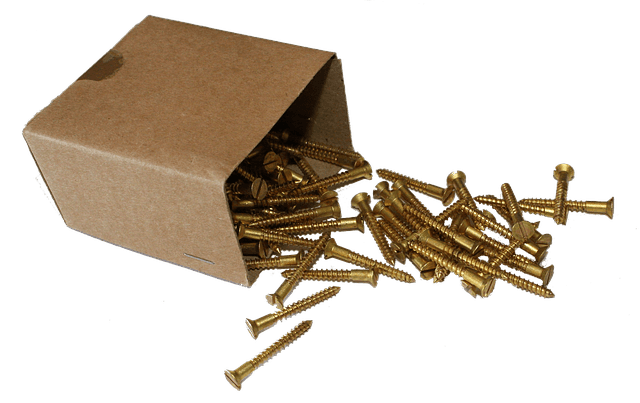Brass is one of the most underrated items on the global metal market. It possesses almost the same valuable properties as other prominent non-ferrous metals but doesn’t receive as much attention, let alone explored enough. Most people only know brass as a material for making musical instruments and have totally zero knowledge about its electrical, mechanical, and industrial uses. Perhaps it’s about time we learn more about this amazing metal so we can maximize its many potentials.

Copper and Zinc
To fully understand the amazing properties of brass, let’s first study its main components. Brass is made of about 85 percent copper and 15 percent zinc. Its modern versions contain more, including arsenic, lead, phosphorus, aluminum, manganese, and silicon, but let’s focus on its main components since they are the ones that give brass the majority of its unique qualities.
Copper is one of the oldest and most widely used metals on the planet. It may even be the very first metal to be discovered so its use dates back some 10,000 years ago. The reason why we know about this is because some artifacts from that period still exist today, and it’s interesting how a metal, which is known to be susceptible to corrosion, can survive that long. As it turns out, copper is not one of those metals with such weakness to corrosive substances. It creates its own shield, called patina, to protect its inner layers from deterioration.
Zinc, on the other hand, is a bluish white lustrous metal, which is brittle at room temperature but quite malleable at around at 100 to 150 degrees Celsius. Like copper, this metal also possesses exceptional resistance to corrosion, which is why it extensively used for galvanizing ferrous metals to prevent rusting.
Individually, copper and zinc are packed with valuable properties, so you can imagine what the result would be like if you combine them at an ideal proportion. Of the plethora of properties they share, though, the one that brass has acquired abundantly is corrosion resistance, and to this day, most applications that utilize brass require this unique property.
What causes brass to corrode?
The corrosion resistance of brass is well-known in the world of metallurgy. This is why it is commonly used for applications that involve exposure to water, moisture, and other corrosive substances. Its resistance to corrosion, however, can only do so much. It may not become as greenish brown as other copper-based metals when they corrode but brass can easily develop tarnish on its surface.
How does tarnish form? First of all, take note that tarnish is the first stage of the corrosion of non-ferrous metals. You will know if your brass item succumbs to tarnishing when its original sheen starts to haze up. If you let that dull, misty appearance of your brass item sit for too long, it will eventually thicken up until removing it to reveal the shiny surface underneath becomes almost impossible.
Tarnish in copper normally turns into a layer of copper dioxide almost immediately after being exposed to air. Over time, this copper dioxide further corrodes and gives up more oxygen to form copper oxide. Without maintenance for many years, this copper oxide develops into copper carbonate, which then serves as copper’s ultimate shield against the elements, and this is why it can last for millennia.
Unlike copper, brass doesn’t corrode that quickly. The tarnish on its surface, whether it’s a brass rod or a brass channel, may linger and not grow thicker for a long period. Although that’s a good thing about brass, its tarnish still doesn’t look pleasant and has to be fixed. Thankfully, tarnish is very easy to clean up. If you know what causes brass to tarnish, it’s wouldn’t be so hard to deal with. You don’t have to put up with your dull-looking brass furniture and fixtures that ruin the aesthetic of your home interior. You can polish and bring them back to their shiny selves.
How to Deal with Tarnished Brass
Polishing tarnished brass is not a simple task, but it’s not too complicated either. Be it a small item like a faucet valve or a large one like a stairway railing trim, you can polish it as effectively as you would your shoes. You don’t have to hire a professional to do it for you because you can pull it off on your own using the available products in your kitchen or garage. Apart from knowing what causes tarnish on brass, here are a few tips that can help you do a great job polishing your brasses.
- Wash the surface of your brass item with soap and water to remove any contaminants that may get in the way when you start scrubbing the item with cloth. All surfaces, even the grooves and crevices, must be free of dust and grime as they can pose some hazards on your item’s surface when they mix with your chosen polishing agent.
- Rinse the newly washed item thoroughly to remove the lather and dislodged dirt from its surface. Any foreign material left could potentially affect the effectiveness of the cleaning process. Then wipe with a clean cloth before letting the item dry completely. You can sun dry it but don’t leave it outside for too long so the surface won’t burn up.
- Choose between commercial polishing products and natural products. There are scores of ready-made polishing products available in your local hardware store, but check their concentrations carefully so you won’t mistakenly buy one that’s too harsh for your brass item. Sometimes, especially if you are dealing with flimsy plates or tiny rods, it’s much safer to use natural products, such as ketchup, vinegar, and baking soda. All of these have just enough acerbity to melt away tarnish without scuffing your brass item.
- Once fully buffed, seal the surface of your brass item with a clear lacquer to preserve its sheen for a long time. This way you won’t have to clean and polish your brass item too quickly.
While these tips can surely help preserve the beauty of your brass items, there’s one way to actually avoid or at least delay the need to do them at all. That is simply to look for items that are made from high-quality brass. You have to understand that brass products come in different qualities because they are made by different manufacturers.
In case you are looking for brass supplies for construction or craft, make sure that the supplies you will purchase come from any of the established brass suppliers in North America like Rotax Metals. This way you can be sure that your materials are manufactured in the best foundry and had passed all necessary quality tests before being distributed to local markets.



